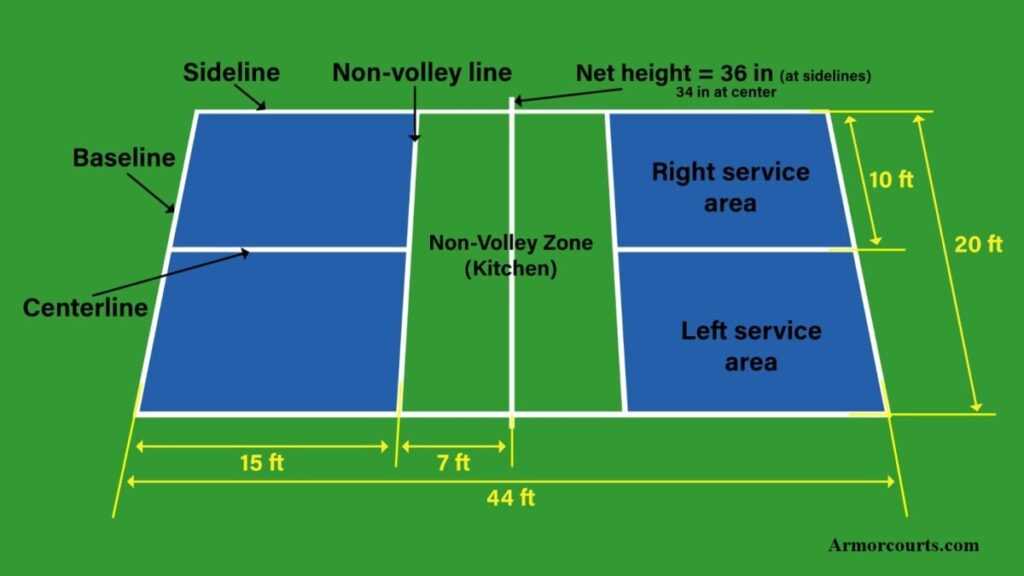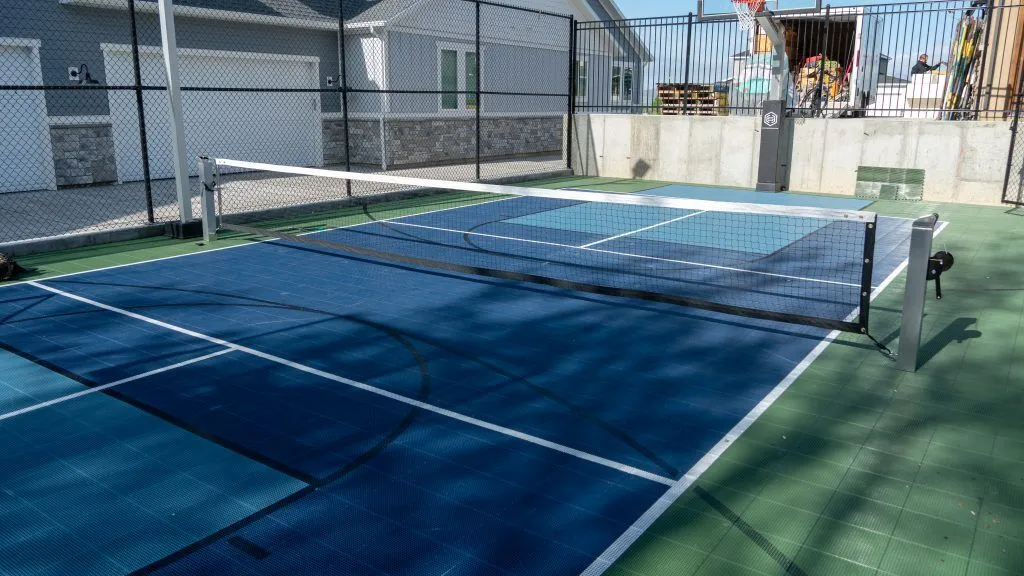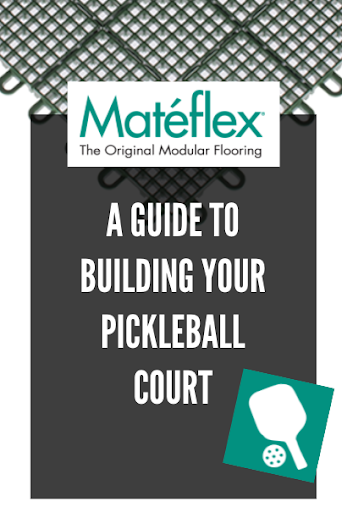Creating an Inclusive Setting: Accessible Pickleball Court Style
The design of pickleball courts plays a critical duty in cultivating an inclusive atmosphere that suits players of all capacities. By prioritizing accessibility through thoughtful layout principles, such as smooth surface areas and flexible tools, we can significantly boost engagement and enjoyment for everyone involved. Furthermore, engaging with the area to collect comments is necessary in guaranteeing that these facilities satisfy varied demands. However, the challenge lies not just in implementing these style functions however also in recognizing the more comprehensive implications for community involvement and social incorporation. What techniques can be used to balance these complicated components effectively?
Significance of Ease Of Access in Sports
The importance of access in sporting activities can not be overstated, as it makes certain that people of all capacities can participate, compete, and enjoy physical tasks. Creating obtainable sports atmospheres is essential for fostering inclusivity and promoting a feeling of belonging among varied populaces. When programs and facilities are developed with access in mind, barriers are eliminated, allowing individuals with specials needs to involve completely in showing off tasks.
Accessibility in sporting activities not just advantages participants but additionally enriches the area overall. It encourages partnership, breaks down stigma, and boosts social communication amongst people with differing capacities. In addition, accessible sporting activities campaigns can motivate a more comprehensive audience to appreciate the worth of exercise, causing boosted general health and health in the neighborhood.
Furthermore, promoting access straightens with lawful and honest commitments to maintain the civil liberties of individuals with disabilities. By focusing on inclusivity, sports companies show their dedication to equal rights and social obligation. Eventually, available sports settings create opportunities for individual development, empowerment, and achievement, making certain that all people can experience the delight and advantages of sporting activities engagement.
Secret Style Principles
Designing easily accessible pickleball courts calls for cautious factor to consider of specific principles that advertise inclusivity and performance. Initially, the court layout should enable smooth navigating, featuring wide paths that fit wheelchairs and wheelchair tools. The surface product need to give adequate grip and shock absorption to minimize the threat of injury for all gamers, consisting of those with physical obstacles
Following, proper web elevations and post positionings must be standard, making sure that they are obtainable for players of varying capabilities. Furthermore, the use of contrasting shades for court lines boosts presence, aiding players with aesthetic problems in browsing the court successfully.
Furthermore, seats and resting locations ought to be integrated throughout the center, supplying ample room for people to rest without obstructing motion paths. Available restrooms and altering facilities are additionally crucial, guaranteeing that all users have the necessary features.

Adaptive Devices Alternatives
Numerous flexible tools alternatives are available to improve the pickleball experience for players with diverse capacities. These choices can substantially enhance ease of access, enabling everybody to take part fully in the video game.

For gamers with movement challenges, flexible sports mobility devices can be utilized. These wheelchairs are developed for dexterity on the court, featuring light-weight frameworks and progressed maneuverability to permit speedy motions and fast turns.
In addition, sphere retrievers can help players with minimal movement in fetching rounds that are out of reach. These devices can be particularly useful for people who might battle to reach or flex down for the sphere.

Court Format Factors To Consider
Developing an easily accessible pickleball court calls for careful consideration of the layout to guarantee all players can browse the space pleasantly and securely. A tactical court layout focuses on the needs of people with various movement challenges, making certain fair accessibility to the game.
First, the court dimensions need to abide by standard laws while also permitting additional space around the playing area. This buffer zone fits gamers utilizing mobility devices or various other flexibility help, decreasing the risk of browse around this web-site accidents and helping with easy activity. Pathways resulting in the court must be wide and complimentary of obstacles, with a company, secure surface that fits all users.
In addition, the positioning of seating and checking out areas is critical (Pickleball court construction). These need to be positioned to provide clear sightlines to the court without blocking pathways. Consideration should also be given to the location of signs, which ought to be clear and easy to read, including braille alternatives for aesthetically impaired individuals
Community Interaction and Responses
Engaging the neighborhood in the advancement of available pickleball courts is necessary to guarantee that the demands and preferences of all potential customers are properly satisfied. This process starts with outreach efforts that invite feedback from diverse groups, consisting of people with households, elders, and specials needs. Carrying out studies, focus groups, and area conferences can give valuable understandings into details access difficulties and wanted functions of the courts.
Along with gathering input, ongoing discussion promotes a feeling of ownership amongst area members, encouraging them to support for and utilize the centers. Cooperation with local companies and availability advocates can better enhance this involvement, making certain that the style process straightens with finest criteria and practices.
In addition, incorporating comments loops into the task enables changes based on real-world use and customer experiences. Post-implementation evaluations can identify areas for renovation, making certain that the courts continue to be inviting and easy to use over time. Eventually, prioritizing neighborhood interaction not only boosts the layout procedure but look at this website additionally promotes a society of inclusivity, making sure that accessible pickleball courts serve as vivid spaces for leisure and connection for all people.
Conclusion
In conclusion, the facility of accessible pickleball courts is essential for advertising inclusivity in sports. By prioritizing thoughtful layout principles, integrating flexible tools, and considering Visit This Link court format, centers can successfully accommodate individuals of all capacities.
The design of pickleball courts plays a critical role in promoting a comprehensive environment that accommodates gamers of all capacities.Engaging the area in the growth of available pickleball courts is crucial to guarantee that the needs and choices of all possible customers are effectively met. Ultimately, prioritizing community engagement not only improves the layout procedure but additionally promotes a society of inclusivity, making sure that accessible pickleball courts offer as vivid areas for recreation and link for all individuals.
In final thought, the establishment of accessible pickleball courts is essential for promoting inclusivity in sporting activities. By focusing on thoughtful style principles, integrating flexible devices, and considering court format, centers can successfully fit individuals of all capabilities.